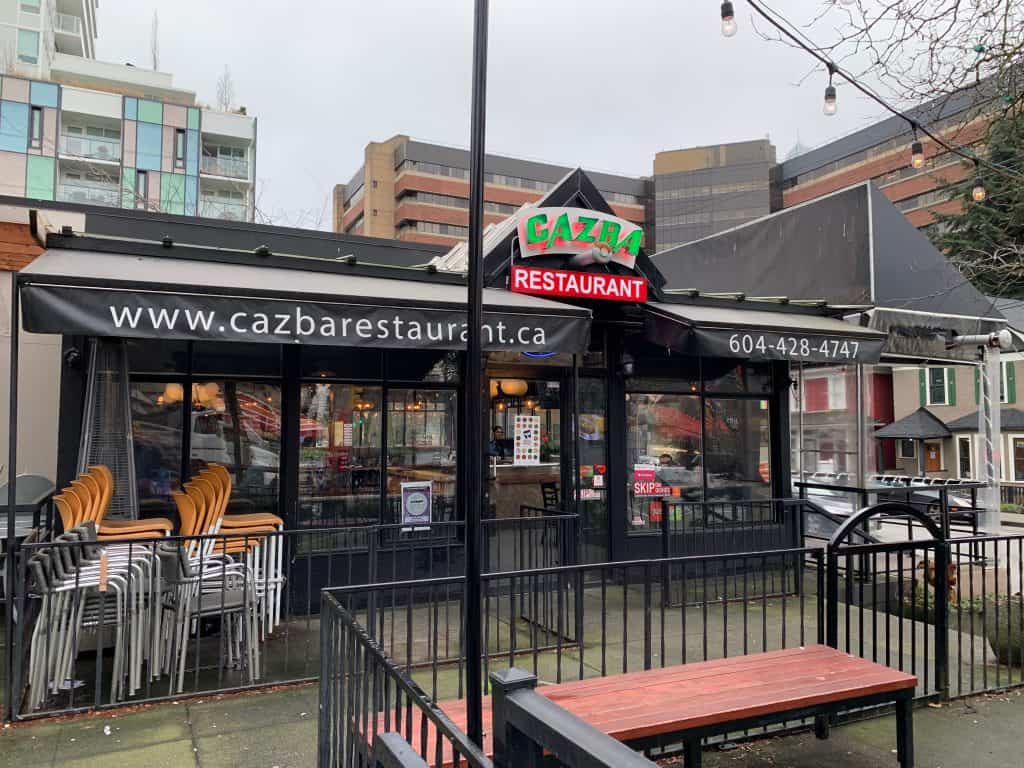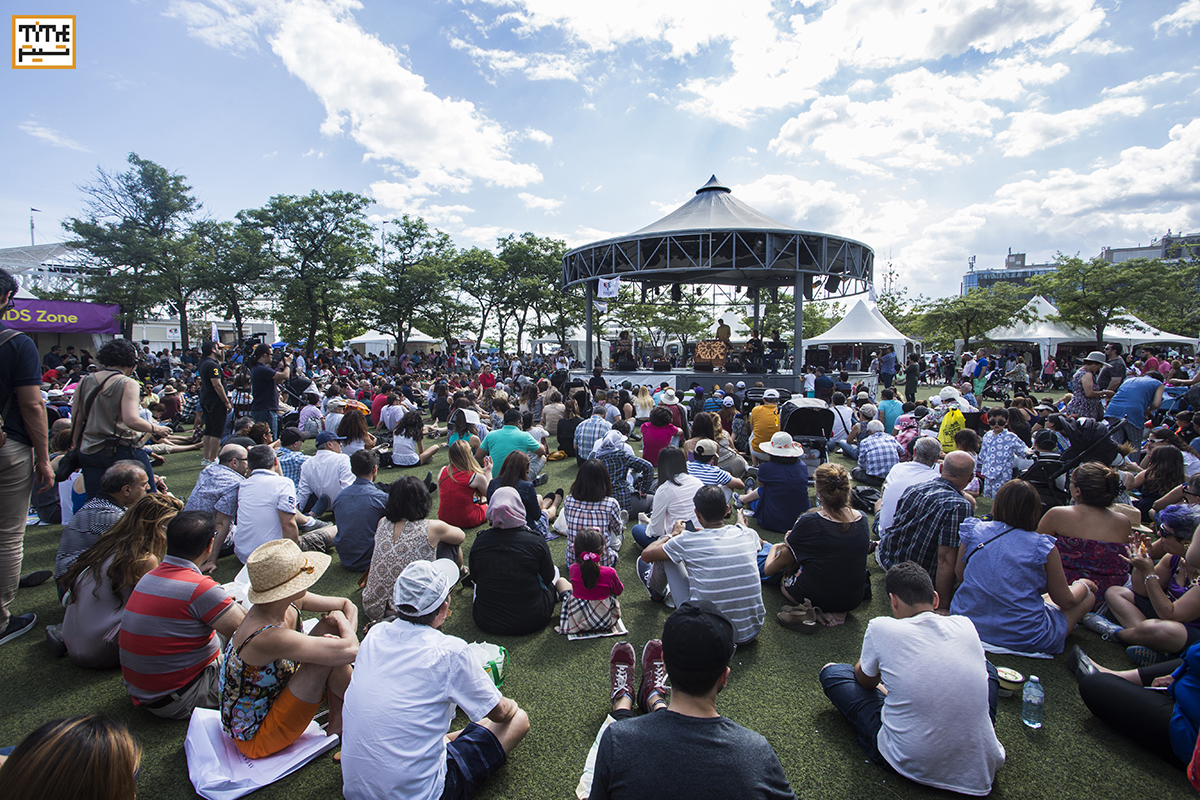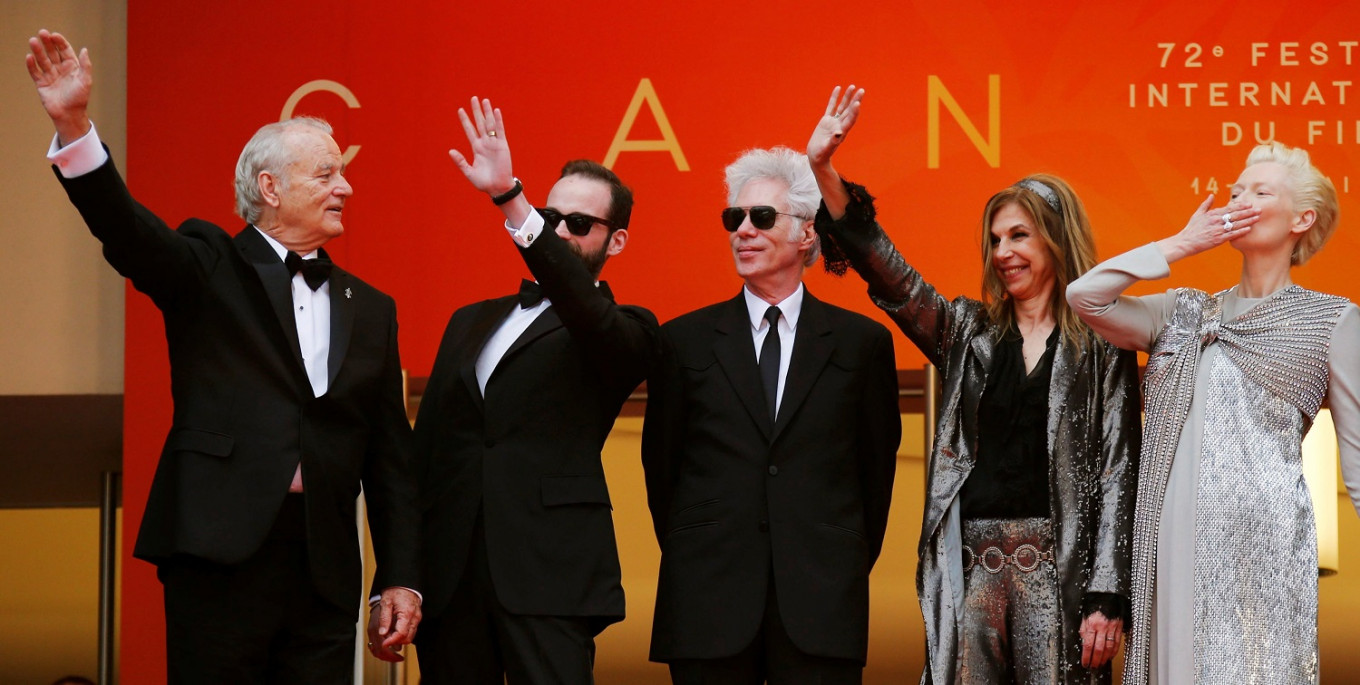
مینا رحیمی- اتاوا: پس از موجی از تیراندازی های معروف در مونترال، وزیر امنیت عمومی، مارکو مندیچینو، در مقابل کمیته ویژه ای از مجلس عوام حاضر شد تا در مورد طرح دولت برای مقابله با خشونت همراه با اسلحه – در نتیجه طرح بلوک کبکوا برای بررسی قاچاق اسلحه – صحبت کند.
مندیچینو به کمیته امنیت عمومی مجلس عوام گفت: : «کلمات کافی نیست، فکر و دعا کافی نیست. کلمات باید عملی شوند. اکنون که تفنگهای نظامی را ممنوع کردهایم، باید گامهای بعدی را برداریم و برنامه بازخرید را اجرا کنیم.»
مارکو مندیچینو وزیر امنیت عمومی از محافظه کاران به دلیل لایحه دولتی که شامل حذف حداقل مجازات های اجباری زندان در مورد جرایم مربوط به سلاح گرم است، انتقاد کرد. مندیچینو، همچنین از طرح دولتش برای بازخرید تفنگ های تهاجمی (assault rifle) حتی در حالی که برخی از حداقل مجازات های اجباری برای جرایم اسلحه را حذف شده است، دفاع کرده است. لیبرال ها به طرح هایی برای بازخرید هزاران تفنگ تهاجمی «سبک نظامی» که از طریق قانون در مجلس گذشته ممنوع شده بود، ادامه می دهند.

جرایم خشونت آمیز در سراسر کانادا در پنج سال از شش سال گذشته افزایش یافته است، جرایم مربوط به سلاح گرم اکنون برای شش سال متوالی افزایش یافته است. قتل ها به بالاترین حد خود در 30 سال گذشته رسیده است و ما می دانیم که حداقل یک سوم قتل ها با سلاح گرم انجام می شود.
مندیچینو از راکل دانچو، نماینده محافظهکار، در مورد قانون جنایت C-5 انتقاد کرد، لایحهای که از جمله موارد دیگر، حداقل مجازاتهای اجباری زندان را برای انواع جرایم از جمله موارد مربوط به سلاح گرم حذف میکند. دانچو گفت: “ما کاملاً نگران هستیم که از یک طرف، شاهد استفاده مجرمانی از اسلحههای اغلب غیرقانونی برای آسیب رساندن به جوامع هستیم و از سوی دیگر، دولت شما توانایی اطمینان از اجرای زندان اجباری را برای آنها سلب میکند.”
حداقل احکام اجباری که لیبرال ها برای حذف از قانون کیفری پیشنهاد می کنند شامل موارد سرقت و زورگیری با اسلحه گرم و همچنین زندان اجباری برای قاچاق مواد مخدر است. لیبرال ها معتقدند که حداقل مجازات های اجباری منجر به حبس نامتناسب مجرمان سیاه پوست و بومی شده است. مندیچینو استدلال کرد که این اختیار به قضات داده می شود تا شرایط یک مجرم را بسنجند و احکام مناسب را در شرایط مناسب اعمال کنند.
راکل دانچو، نماینده محافظهکار
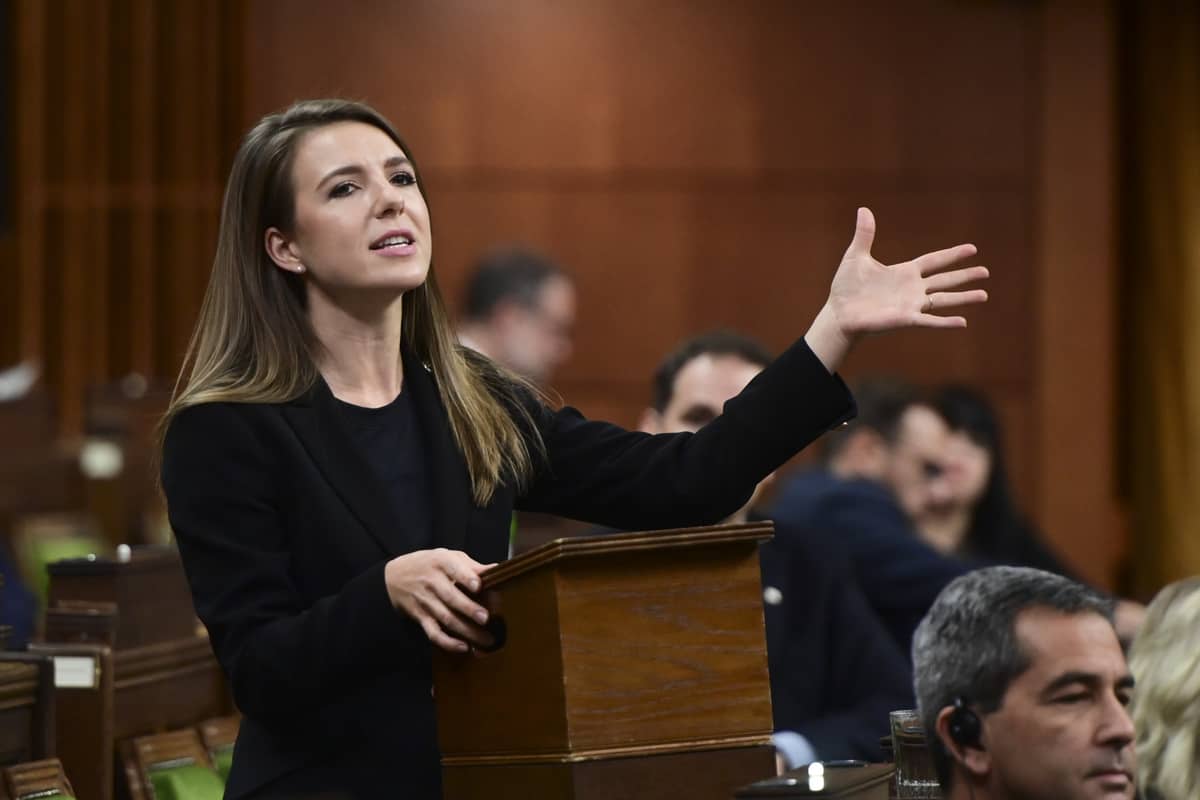
وی گفت: “تعدادی از جرایم مربوط به سلاح گرم وجود دارد که ما پیشنهاد می کنیم حداکثر مجازات ها را افزایش دهیم که البته ما به قوه قضاییه مستقل خود اعتماد داریم تا در صورت اقتضا آنها را رفع کند.”
جزئیات برنامه بازخرید لیبرال ها اعلام نشده است. افسر بودجه پارلمان در ماه ژوئن برآورد کرد که بازخرید همه تسلیحات به منظور نابودی آنها می تواند 756 میلیون دلار هزینه داشته باشد. برندا لوکی، کمیسر RCMP به این کمیته گفت که RCMP ردیابی همه سلاحهای مورد استفاده در جنایات را انجام نداده است، اما ردیابی محدودی که آنها انجام دادهاند نشان داده است که 73 درصد از سلاحها را میتوان به کانادا وصل کرد، در حالی که 27 درصد قاچاق بودند.
مندیچینو گفت که دولت او همچنین به دنبال برنامه های دیگری برای کاهش خشونت با اسلحه است، اما تاکید کرد که آنها تلاشی برای هدف قرار دادن شکارچیان و کشاورزان ندارند. من میخواهم به شکارچیان، کشاورزان و تیراندازان هدف، اطمینان دهم که کاری که ما انجام میدهیم برای کاهش فعالیتهای تفریحی قانونی شما نیست.
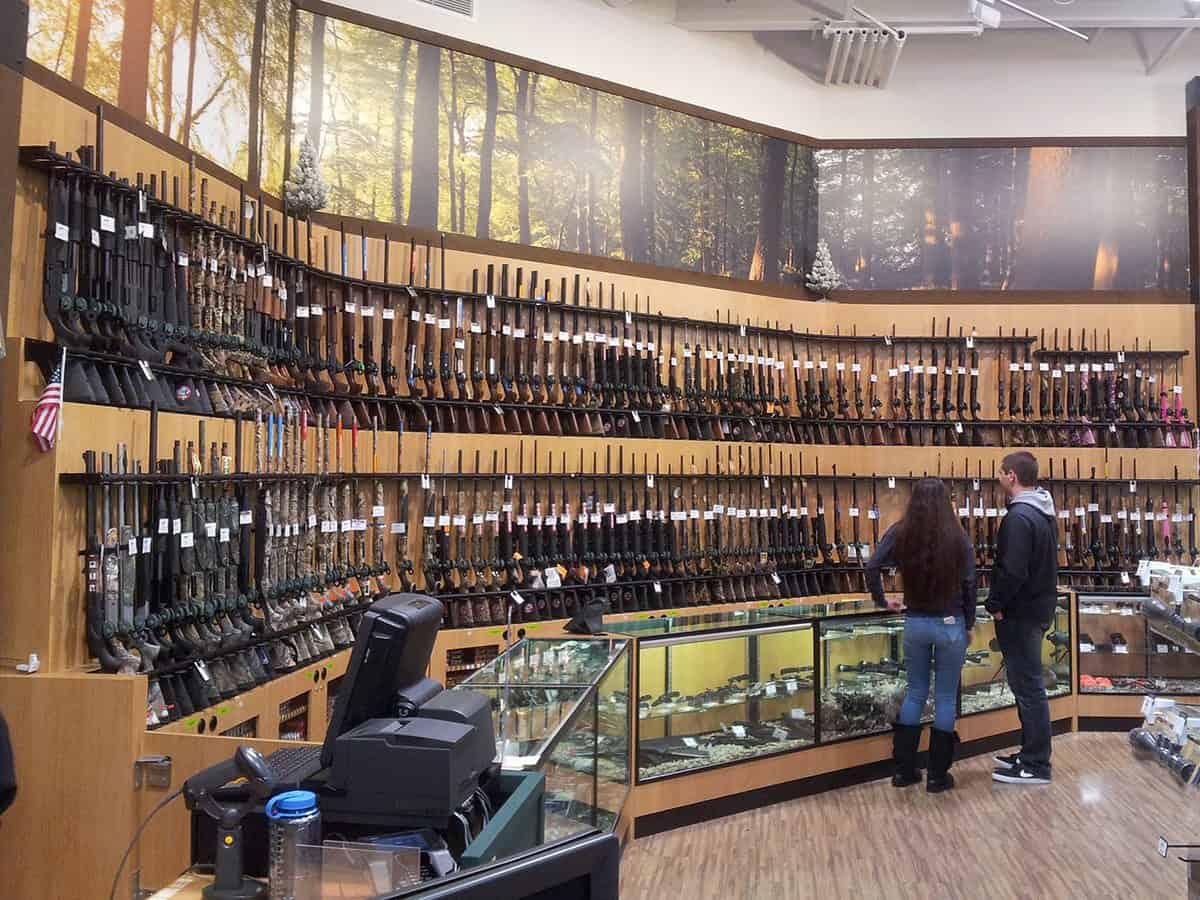
دانچو به تخمینهایی اشاره کرد که برنامه بازپرداخت در نهایت میتواند تا 3 میلیارد دلار هزینه داشته باشد و گفت که پول میتواند بهتر برای هدف قرار دادن قاچاقچیان خرج شود. همچنین صاحبان غیرقانونی اسلحه قرار نیست اسلحه های خود را در طول برنامه بازخرید تحویل دهند. او گفت: “اگر شما یک تا سه میلیارد دلار در مرزهای ما سرمایه گذاری کنید، فکر می کنم کمتر شاهد اسلحه های غیرقانونی از ایالات متحده خواهیم بود که توسط باندها قاچاق می شود، در قاچاق مواد مخدر استفاده می شود و برای کشتن کانادایی های بی گناه استفاده می شود.جنایتکاران اسلحه های خود را به شما تحویل نخواهند داد و آنها هستند که به مردم شهرهای ما آسیب می رسانند.” دانچو گفت که سوابق لیبرال ها در مورد جنایت افتضاح بوده است.
گروه حمایت از کنترل اسلحه PolyRemembers / PolySouvient استدلال میکند که کمیته باید بیشتر برای بستن حفرههای موجود در فروش اسلحه تلاش میکرد تا سلاحها را از دست افراد اشتباه دور نگه دارد.


